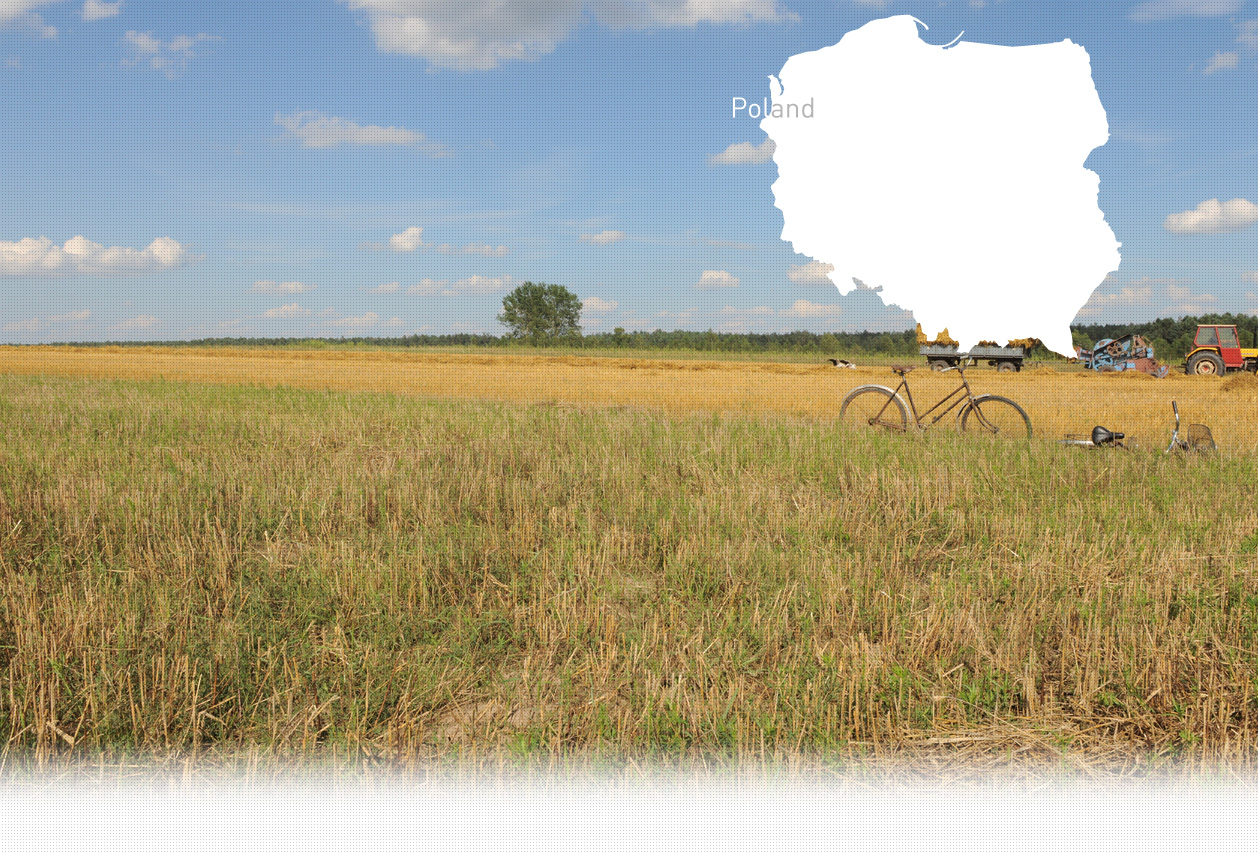

1 Killing site(s)
Sylwester C., born in 1927, recalls: “The Jews who lived in my house also had to gather on the marketplace under the pretext of further relocation. But one of the old men said they were going to die. They told us goodbye and left. They were completely frightened. They barely said a word: “If we survive! If we survive!” They repeated several times, “If we survive, we will come back here.” (Witness n°1043, interviewed in Kunów on June, 3rd 2019).
1/ Date and place of execution: Night from May 12 to 13, 1943 on the road next to the bridge of Kunów.
2/ Type of execution: execution.
3/ Data concerning the killed people:
Poles, Jews, foreigners: Poles
How many people were killed: 3
Where were the victims from: locals. [Questionnaire on mass execution and mass grave n°396 (Miejscowosc: Kunów; Gmina: Kunów; Powiat: Opatowski; Wojewodztwo: Kieleckie); IPN: RG-15.019M]
Kunów is located on the banks of the Kamienna River, 58km east of Kielce. It was first mentioned between 1325 and 1327. It is believed that the first records about Jewish community go back to the early 17th century. Back then the majority of residents lived off the stone processing industry. In 1929, 496 Jews lived in the village. They were mainly traders and craftsmen. They had a synagogue but they didn’t have a cemetery. The nearest one was located in the town of Ostrowiec, located 9km away. On the eve of WWII, 395 Jews lived in the town.
Kunów was occupied by Germans on September 8, 1939. By that time some Jews managed to flee to the Soviet-occupied zone, while some refugees from the West arrived in the village. From December 1940 to March 1941 more than 150 Jews were brought to Kunów, including about 100 brought from Vienna. In March 1941, 600 Jews lived in the town.
An opened ghetto was created somewhere in late 1940 or spring 1941. Later it was fenced in. All the Jews fit to work were subjected to perform different kinds of forced labor, like road construction or in the forest. From time to time small groups of young Jews were sent to the nearby labor camps, like the group of 15 Jews who were sent to Bodzechow to work in a quarry. The ghetto was liquidated in late October-early November 1942, when the Jewish inmates were rounded-up at the market place and then marched towards the railway station. They were then deported to the Treblinka death camp. According to the local witnesses the Jews were asked to take the most valuable belongings with them which they were then forced to leave at the market place. These belongings were transported to the school building afterwards. Those Jews who were too sick or old were shot on the spot. During the next weeks Germans continued to look for the Jews in hiding. Yahad-In Unum could find a couple of execution sites, where a Jewish doctor from Vienna and a young Jewish girl from Ostrowiec were killed.
Do you have additional information regarding a village that you would like to share with Yahad ?
Please contact us at contact@yahadinunum.org
or by calling Yahad – In Unum at +33 (0) 1 53 20 13 17